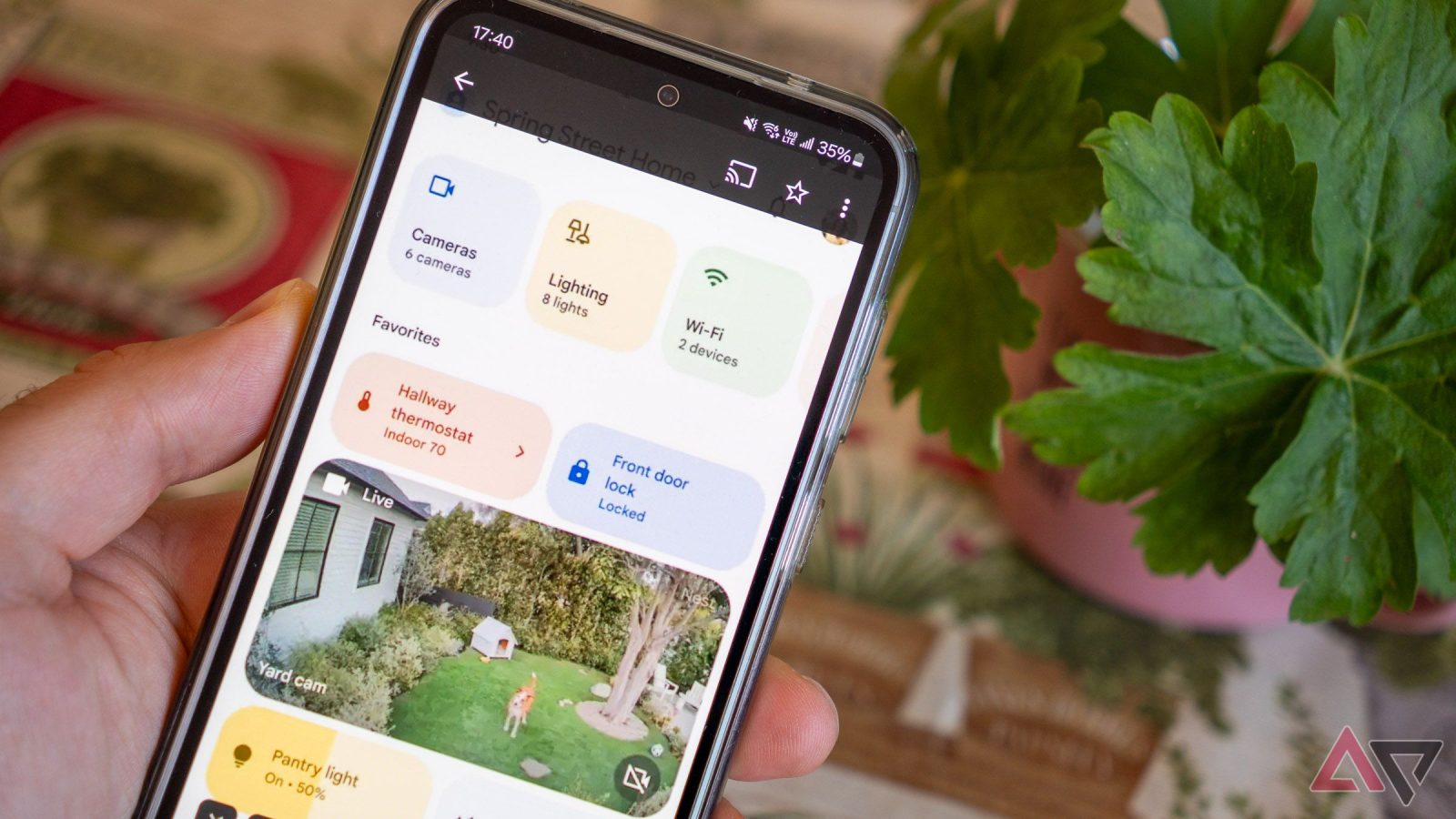
Contents
Comfort and energy efficiency are among the top reasons to set up a smart home. Automating or remotely managing your thermostat, lighting, and air conditioner is convenient and reduces power consumption, as owners of the best smart home devices know. However, the variety of smart home sensors and appliances is broad, and the benefits go beyond energy saving. You can reduce waste, monitor air quality, and lower utility bills while helping the environment flourish. Here are ways you can do that.

Related
6 Set appliances to run in off-peak times
Save money using cheaper electricity

Source: Samsung
Most of us have a general idea of which home appliances contribute the most to our electricity bills. Space heaters, air conditioners, and electric water heaters are typically at the top of the list. Then come refrigerators, washers, dryers, and everything else.
Some electric utility companies charge different rates during off-peak hours, typically between midnight and sunrise. Rates are lower when demand on the grid is low, which encourages consumption during these periods. If you set as many appliances to work during off-peak hours, you won’t save energy, but you’ll save money.
For example, my smart water heater has a built-in energy meter, so I know it accounts for 25% of my home’s energy consumption. I configured its smart timer to turn on automatically at night. Since off-peak electricity is 50% cheaper where I live, I save up to 12.5% on my electricity bill. Other appliances I often run at night are my washer-dryer combo and dishwasher.
It’s a smart habit to monitor energy use

Source: Kasa
Smart modern devices help us track which home appliances consume the most energy. Gadgets like smart plugs and smart relays with built-in power tracking allow us to monitor power consumption, providing a clear idea of a household’s energy demands. Along with identifying peak consumers, they detect appliances that use excessive power when plugged in. Stand-by power consumption may seem insignificant until you do the math and discover that your microwave’s clock burns $20 a year.

Related
5 Be smart with water
Smart irrigation to water gardens only when necessary

Source: Rachio
Water is a valuable, vital resource, and we should consume it wisely. If you have a lawn or garden, consider investing in a smart irrigation system to water your plants. When considering factors like soil moisture and weather conditions, a smart watering setup saves energy and money by running only when necessary. Intelligent controllers like those by Rachio skip watering when rain is coming and adjust to seasonal shifts. They also feature water consumption monitoring and integration with smart assistants like Alexa.
Even if you’re not in the market for a whole irrigation system, installing a couple of moisture sensors around the yard helps. Use them to track soil conditions and water only when needed. A relatively affordable kit with three moisture sensors by Ecowitt costs around $100. If you’re dedicated to the gardening hobby, they can be paired with other sensors, such as weather stations.

Related
5 best plant identification apps on Android
Decipher what plants are living around you with these great apps
4 Reduce food waste with smart reminders
Track what’s going in and out of the fridge
About a fifth of the world’s food is wasted due to factors like overproduction or inadequate storage. A simple habit may reduce the odds of forgotten food spoiling in your fridge. There’s an Alexa skill made for that. It’s called My Fridge, and you use it to set expiration date reminders. Using voice commands, you can log when you open a food item, set its expiration date, or list the opened food in your fridge.
Or use an app for that
Alternatively, there’s Kitchenpal. It’s a kitchen inventory management app that keeps track of your fridge, freezer, and pantry. It supports setting expiration reminders and more. You can add items manually or by scanning their barcodes. The app also suggests recipes based on the ingredients you have, perfect for when something is about to expire.
3 Keep track of air quality
Carbon dioxide buildup can affect mood and productivity

Source: Wyze
An indoor air quality monitor was one of the first gadgets I bought when working from home became the new normal. It’s a nifty little thing, as stale air (one with high levels of CO2) can lead to drowsiness and inability to focus. Adding one to your smart home arsenal is still a good idea today. It’s fascinating how much of an impact opening a window can have on your mood. You should do that from time to time, but having an air quality monitor tells you when it’s the best time to do so.
You can take your setup to the next level by combining a smart air quality meter with an air purifier. If you want to be extra fancy, set up one of the best smart LED lights to change color according to the CO2 levels in the room.
2 Consider smart window blinds
For better lighting and temperature control

Source: Smart Wings
Smart window blinds are convenient to control from a phone and great for managing the lighting and temperature in the room on a hot day. By covering the windows, you can reduce the heat entering a room hit by strong sunlight. A smart window blinds set paired with the right light or temperature sensor can do this for you, even when nobody’s home. This could reduce the need for air conditioning.
Even if temperature management isn’t your top priority, a set of smart window blinds and a lux sensor can control the amount of light entering the room. For instance, you can configure your blinds to be halfway down when it’s sunny and open when it’s cloudy to let in natural light. Some motion detectors have the lux meter needed for that kind of setup.
1 Switch to rechargeable batteries
Avoid single-use AAs

Source: Thomas Didgeman/Pixabay
An advanced smart home relies on a multitude of sensors to detect input from the real world, including motion, light, and human presence. Many of these sensors rely on traditional AA or AAA batteries, so your setup may require at least a dozen of these. If all of this sounds familiar, it’s probably time to switch to rechargeable batteries.
Even when they use older chemical compositions like NiMH (Nickel–metal hydride) and not lithium-ion, rechargeable AA and AAA batteries can last through hundreds of cycles. While they’re more expensive and require a special charger, the investment pays off after a couple of uses, and you’ll save dozens of disposable batteries from the landfill.
Smart home, healthy environment
A well-designed smart home should benefit its occupants while minimizing environmental impact. Optimizing energy consumption is the first step toward getting there, followed by intelligent waste reduction, resource management, and maintaining a healthy environment. After laying out its foundation, consider securing your smart home from hackers interested in invading your privacy or worse.
What’s your reaction?
Love0
Sad0
Happy0
Sleepy0
Angry0
Dead0
Wink0


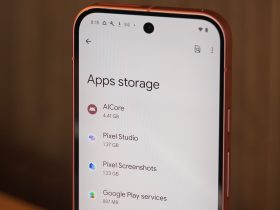



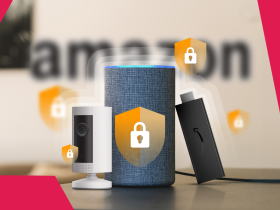

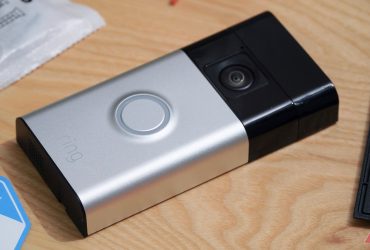
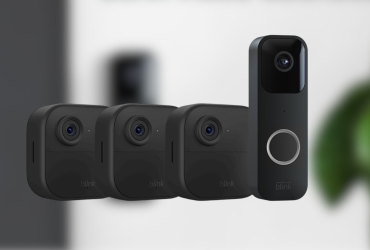

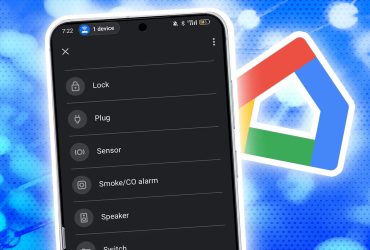
Leave a Reply
View Comments